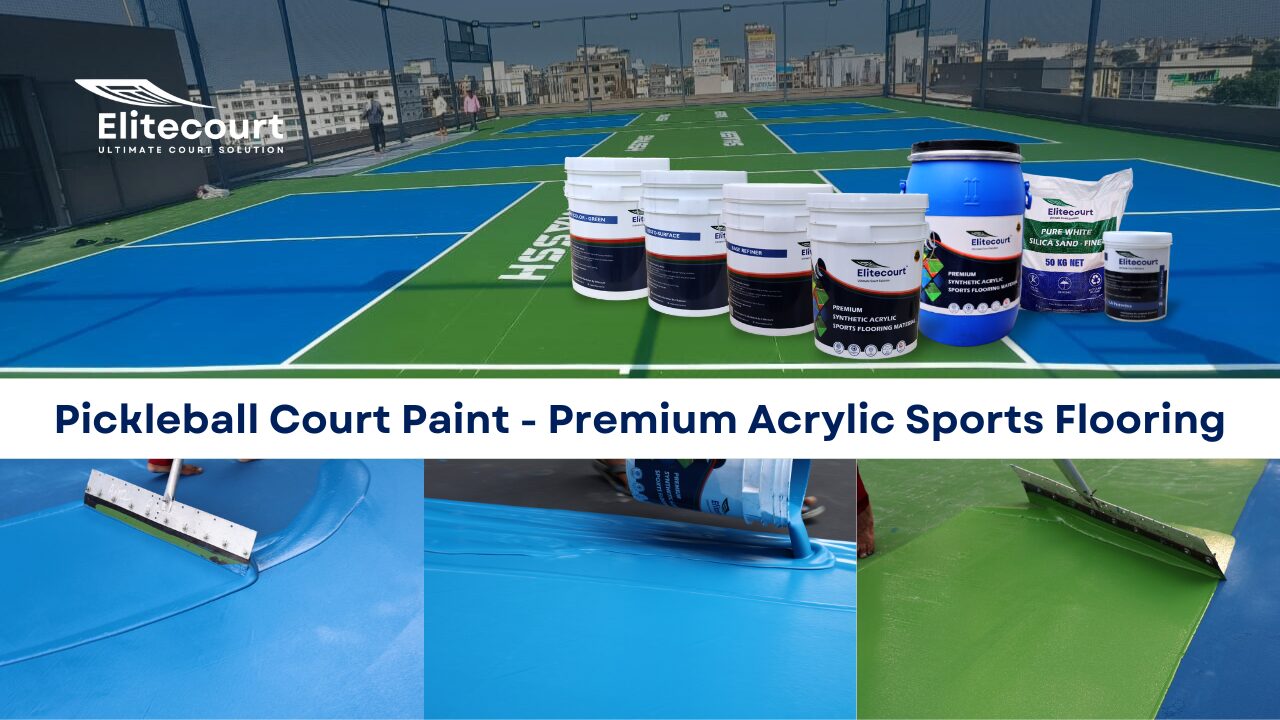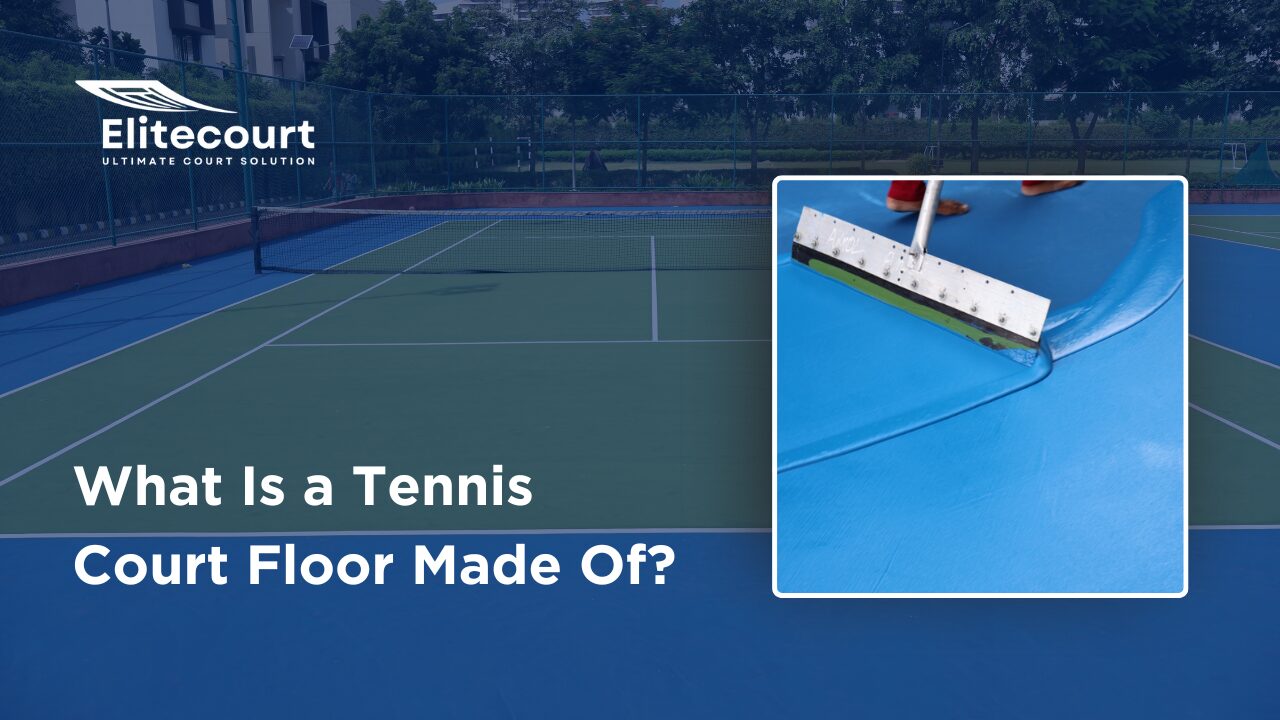History and evolution of acrylic sports surfaces

Table of Contents
The Evolution of Acrylic Sports Surfaces: A Game-Changing Journey
In the realm of sports flooring, the evolution of acrylic surfaces represents a story of innovation and transformation. Acrylic sports surfaces have revolutionized the way athletes play and compete, offering unparalleled performance and durability. Let’s explore the history and evolution of acrylic sports surfaces and see how this remarkable material has become a game-changer in the world of sports.
The Birth of Acrylic Sports Surfaces
The journey of acrylic sports surfaces began in the 1970s, a time when traditional sports surfaces were primarily made from natural materials or basic asphalt. These surfaces, while functional, often faced challenges such as inconsistent performance and high maintenance costs.
Acrylic emerged as a revolutionary alternative, thanks to its unique properties. Made from a type of plastic resin, acrylic offered a durable and weather-resistant solution for sports facilities. The early adoption of acrylic was seen in tennis courts, where it quickly became favored for its ability to maintain a consistent playing experience regardless of weather conditions.
Expansion and Innovation: The 1980s and 1990s
The 1980s and 1990s were pivotal decades for acrylic sports surfaces. As the advantages of acrylic became widely recognized, its use expanded to other sports. Basketball courts, volleyball courts, and multi-purpose sports areas began to feature acrylic surfaces, marking a significant shift in sports facility design.
During this period, innovations in acrylic technology led to the development of multilayered systems. These systems combined acrylic with additional materials to enhance shock absorption and surface resilience. Players experienced improved comfort and reduced risk of injury, further solidifying acrylic’s position as a top choice for sports flooring.
Moreover, the ability to customize acrylic surfaces with vibrant colors and patterns became a key selling point. Sports facilities could now showcase team colors and logos, adding a unique touch to each court and field.
Technological Advancements: The 2000s
The 2000s ushered in a new era of technological advancements for acrylic sports surfaces. Manufacturers introduced high-performance acrylic coatings that significantly improved the material’s resistance to abrasion, UV rays, and chemical damage. These enhancements not only extended the lifespan of the surfaces but also ensured consistent performance under various conditions.
The introduction of advanced drainage systems was another notable development. These systems effectively managed water runoff and minimized surface slipperiness, providing safer play conditions and reducing maintenance needs.

Sustainability and Smart Technology: The 2010s and Beyond
In recent years, the focus has shifted towards sustainability and smart technology. Acrylic sports surfaces have embraced eco-friendly practices, with manufacturers developing formulations that use recycled materials and have a lower environmental impact. This shift aligns with the broader trend of making sports facilities more sustainable and environmentally conscious.
Smart technology has also started to play a role in the evolution of acrylic sports surfaces. Modern acrylic surfaces are now incorporating sensors that monitor usage patterns, surface conditions, and environmental factors. This data-driven approach allows for more efficient maintenance and optimization, ensuring that the surfaces remain in peak condition and enhance player performance.
The Future of Acrylic Sports Surfaces
Looking ahead, the future of acrylic sports surfaces promises further advancements. We can anticipate continued innovations in material science, leading to even more durable, versatile, and eco-friendly surfaces. The integration of advanced smart technologies will further enhance the functionality and management of sports facilities, providing athletes with an optimized playing experience.
In conclusion, the history and evolution of acrylic sports surfaces reflect a journey of significant progress and innovation. From its early adoption in tennis courts to its current status as a leading choice for a variety of sports, acrylic has continually demonstrated its value in enhancing athletic performance and facility design. As technology and sustainability continue to drive advancements, acrylic sports surfaces will undoubtedly remain at the forefront of the sports flooring industry, shaping the future of sports and recreation.








